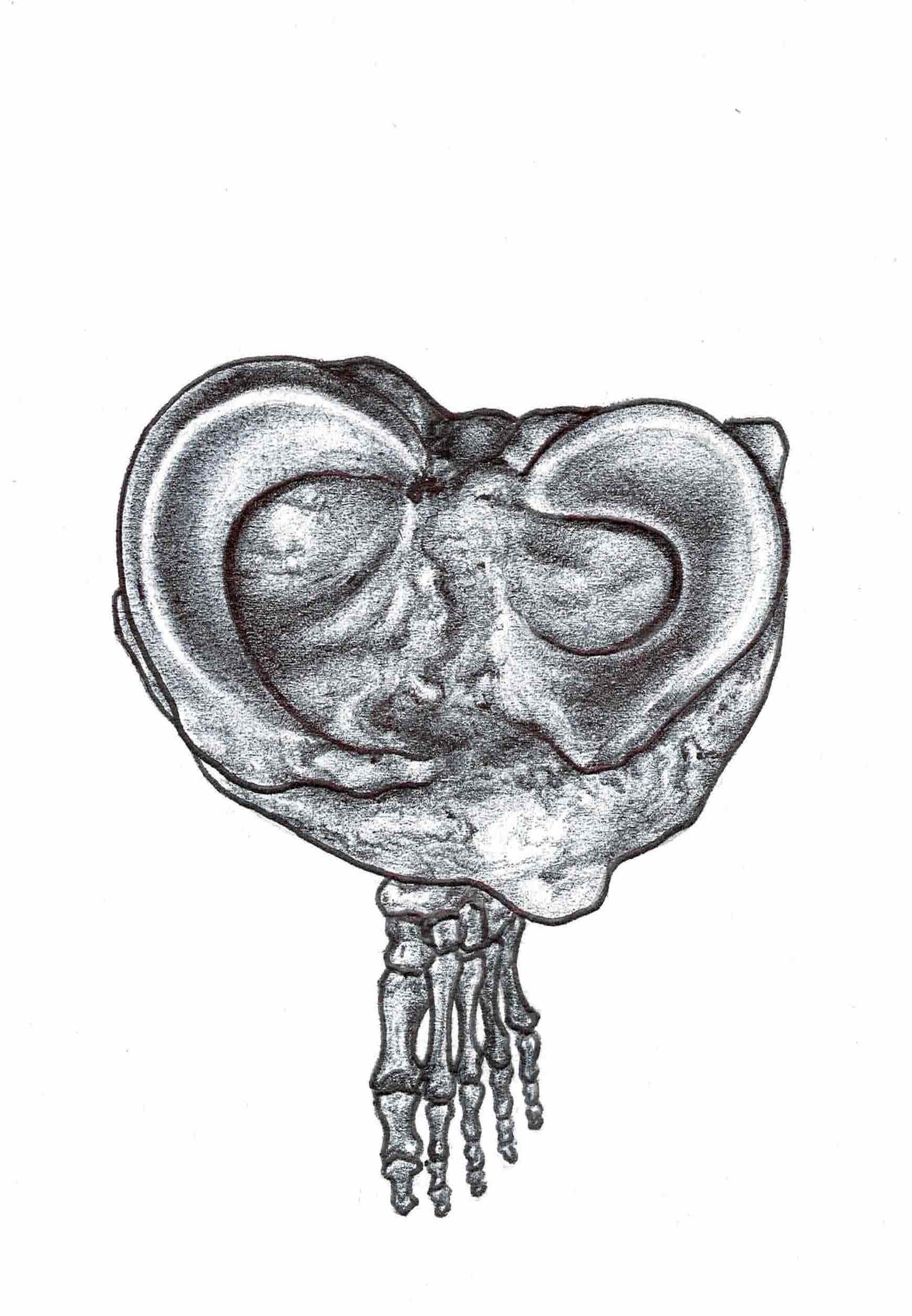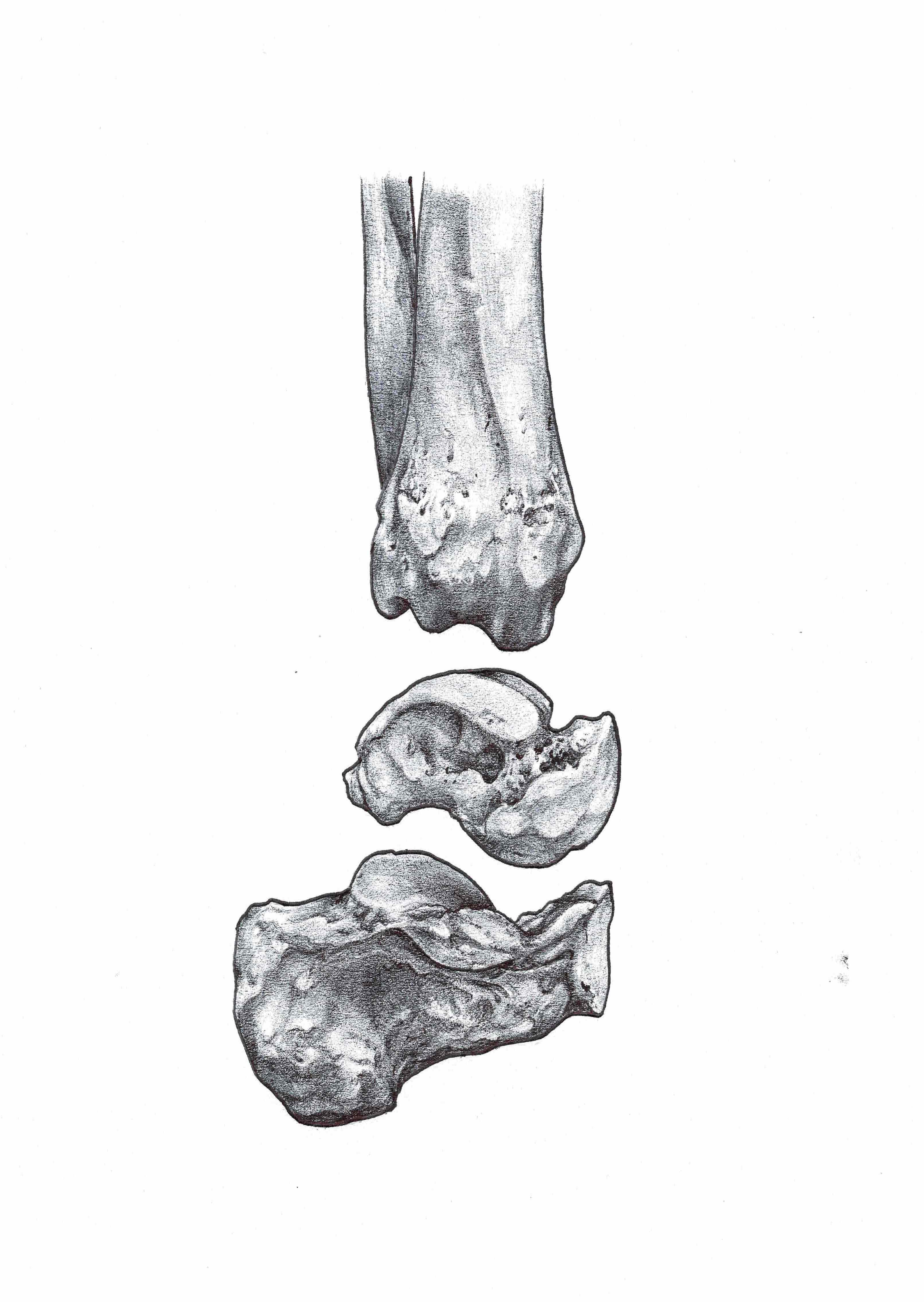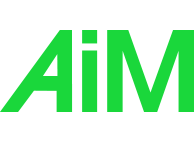What is the Flow Motion Model (FMM) ?



The journey of a single footstep…..
In 2005 Gary set out to document the journey of every single bone and joint in a single footstep for no other reason than curiosity… This turned out to be a hive of biomechanical insight and guidance. In essence, this investigation carved out a map to the human body for therapists, trainers and body workers of all disciplines to follow that would enable them to help their patients get out of pain. Natural human movement would be the tool of choice, and a framework of understanding and education would be the key for any body to engage in and benefit from this work. To this day Gary maintains that this period of time informed the bulk of his Anatomical education.
The Flow Motion Model itself is made up of key phases in the cycle and inter-phases (these are moments between the moments), which are less important but do satisfy Gary’s curiosity for mapping the whole cycle. The Model has 5 key phases when the foot is in contact with the ground and 2 as the leg swings through the air. Each moment requires a specific foot posture in order to create a base for the whole body to adopt it’s necessary postural position for that particular moment in time. Each phase represents a snapshot of the whole body in a particular moment in each footstep. That’s five whole body postures that relate to a moment in time in the gait cycle. Five whole body postures to assess for each leg and to compare one side of the body’s movement to the other.
To access each phase well is to be efficient, energy conserving in your movement and to flow through your gait cycle in an effortless and grateful way.
Each snapshot or phase of gait can be broken down into the joint position required to make this whole body shape and furthermore, each joint position can be broken down into 3 planes of motion (or less depending on the joint motion available). Altogether these become an anatomical definition and description of each phase in the gait cycle.
Taking the three dimensional joint positioning into account we are then able to check a person’s potential to access the joint motion at each joint and see how this, in turn, affects the movements available to them. We will be able to see if they can access both ends of a joints ROM, if they are stuck more toward one end of a joints ROM and also how either (or both) of these scenarios relate to the next joint in line in the kinetic chain. For example, if one joint is under-working, could another be over-working to compensate? What if the over-working joint is the symptom, and the under-working joint is the cause? Non-symptomatic does not mean we should not treat it… the Flow Motion Model and AiM philosophy will guide us to these causative movement limitations and help us to make decisions for our treatments.
Ultimately, each phase represents a whole body shape, and where limitations in a joint are present, this naturally distorts the shape that the body can achieve in that phase. This changes the timings of the joint sequencing and will lead to dominance of some phases and poor access into others… this of course contributes significantly to imbalance. Dominance in movement can then lead to a persons overall postural outcome as well. Postural change and imbalance in the gait cycle creates tension in the muscle system and compression in the joint system and these two words more often than not are sufficient to describe a person’s pain and discomfort. The whole body shapes not only create an assessment profile for us to check off against, but also from the corrective solution that we can put into place for a person, so as to give them improved access into the body shapes themselves so they can more easily access the movements required through the phases to optimise their gait.
What if you could use the model to make sense of the specific moments in time when a person is waking that are contributing to their pain? What if you could pause that moment, assess specifically the potential of each joint in that moment, home in on the limitations and use the very movement described by the phase to be your corrective tool of choice? We use movement to change the environment in which the body is operating, and create a space for the healing to occur. The human body is the greatest healer, if we can just create the optimal environment to do so.
Reorganising the anatomy, through movement, to be able to access all of the movement’s that each joint is capable of will always serve to reduce the tensions and compressions in the system. Movement as a tool is a very powerful medium for creating an environment for the body to begin to heal itself, by taking the pressure off the system and educating the body to move in new ways that cause less harm and reduced compensatory patterns when we walk.
Remember: We get the body to do the healing… through movement 🙏🏼 And our goal is to teach everybody to be able to do the same.
Comments are closed.
